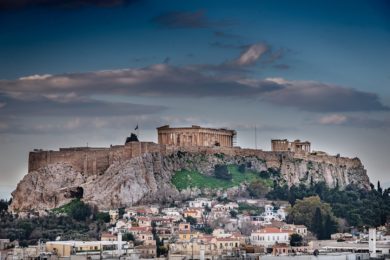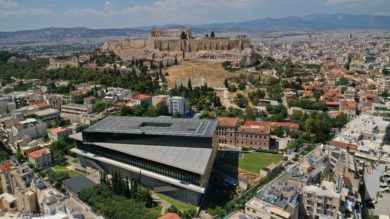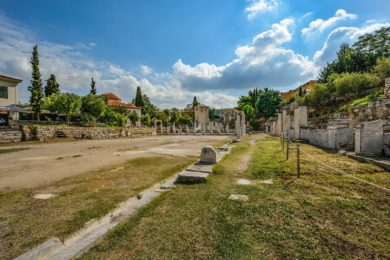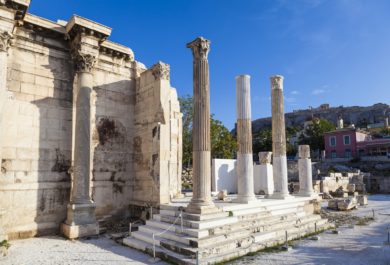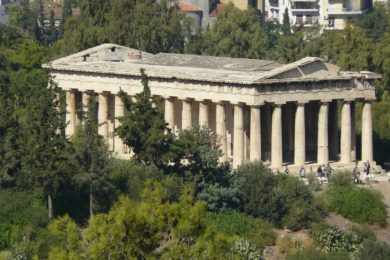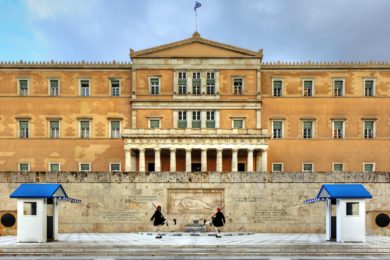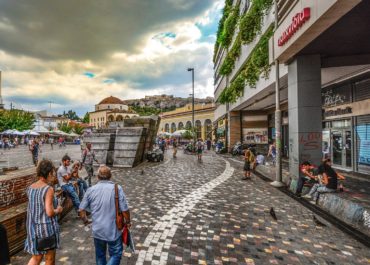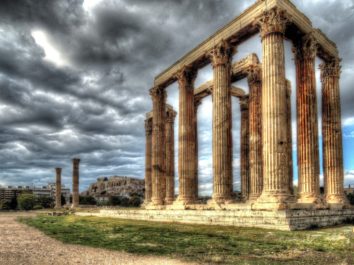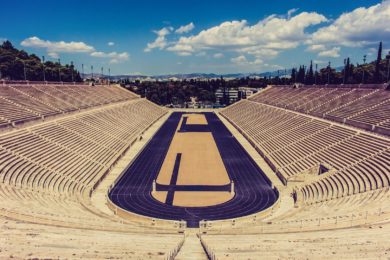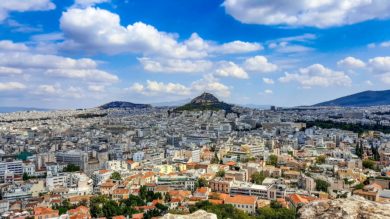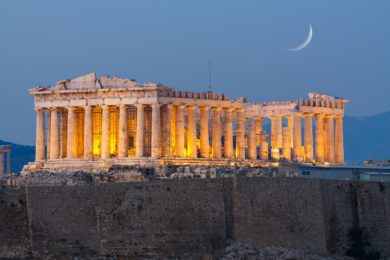Athens
With a recorded history spanning over 3,400 years, and its earliest human presence dating back to between the 11th and 7th century BC, Athens is one of the world’s oldest cities, and is often referred to as the cradle of Western civilization and the birthplace of democracy. Home to several monuments from the classical Greek, Roman, Byzantine eras, the most famous of which is the Acropolis of Athens and the Parthenon, Athens is also a bustling modern city with stunning landscapes, pristine beaches, enchanting markets, spectacular cultural events, a vibrant nightlife, and mouth-watering cuisine.
Destinations
Key sights to see
Activities
Exciting and memorable things to do
Map
Add to current board
- My Board
- Ali Thursday Test
- Our 2nd Board Test
- third board
- Africa
- My Board
- Paris
- My Board
- My Board
- My Board
- My Board
- My Board
- My Board
- fhjm
- gfdg
- Europe
- Atacama
- London
- Cape Town
- Europe Trip
- Chile Trip
- Easter Island
- Zimbabwe
- My Trip
- Ghana
- My Board
- Test
- Test test1
- Argentina
- Ecuador and the Galapagos
- Italy
- My Board
- my trip
- My Board
- My Board
- My Board
- My Board
- My Board
- My Board
- Botswana
- My Board
- Beaches
- My Board
- Patagonia
- My Board
- My first board
- My Board
- My Board
- Greece
- My Board
- My Board
- Iberian Peninsula
- My Board
- Athens
- My Board
- My Board
- My Board
- My Board
- Ecuador
- My Board
- Argentina
- Argentina Dec21
- Argentina Dec21
- My Board
- My Board
- Turkey
- My Board
- Greece
- My Board
- My Board
- My Board
- Dominican Republic
- My Board
- Patagonia – 2023
- My Board
- My Board
- My Board
- My Board
- My Board
- My Board
- My Board
- My Board
- My Board
- My Board
- My Board
- My Board
- My Board
- My Board
- My Board
- My Board
- My Board
- My Board
- My Board
- My Board
- My Board
- My Board
- My Board
- My Board
- My Board
Add to favorite
Your new board is ready, add more of your favorite places, activities, countries and accommodations
